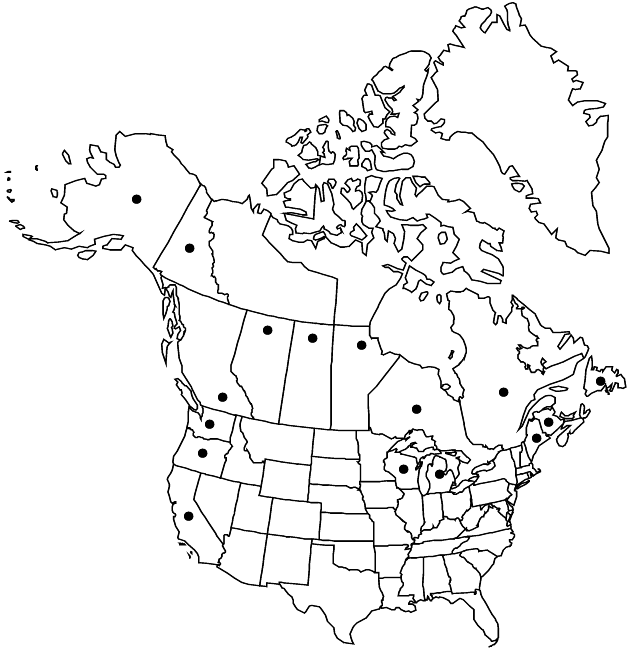Tanacetum bipinnatum
Tanaceteen, 48. 1844.
Perennials, 5–30 (–80) cm. Stems (sometimes purple-tinged) 1–2+, ± decumbent to ascending or erect, branched. Leaves basal (soon withering) and cauline; petiolate (bases often clasping) or sessile; blades ± ovate or elliptic to obovate or spatulate, mostly 7–25+ × 3–5 (–10+) cm, 2–3-pinnately lobed (primary lobes mostly 6–24+ pairs, narrowly oblong to linear-elliptic or linear, lobules oblong or ovate to ± lanceolate, sometimes curled), ultimate margins entire or ± dentate, faces usually ± villous or arachno-villous to lanate, sometimes glabrescent or glabrate, usually gland-dotted (in pits). Heads (2–) 5–12 (–20+) in corymbiform arrays or borne singly. Involucres 8–22+ mm diam. Receptacles flat to hemispheric. Ray-florets 8–21+ (pistillate, fertile; corollas pale-yellow to yellow, laminae mostly 1–7+ mm, usually 3-lobed) or 0 (heads quasi-radiant or radiate or ± disciform, peripheral pistillate florets 15–30+; corollas pale-yellow, ± zygomorphic, lobes 3–5, abaxial more pronounced). Disc corollas (2–) 3 (–4) mm. Cypselae 2–3 (–4) mm, weakly 5-ribbed or angled, gland-dotted; pappi coroniform, 0.1–0.5+ mm (entire or erose to lacerate). 2n = 54.
Phenology: Flowering May–Sep.
Habitat: Dunes, other sandy sites, calcareous soils, coastal scrub
Elevation: 0–200+ m
Distribution

Alta., B.C., Man., N.B., Nfld. and Labr. (Nfld.), Ont., Que., Sask., Yukon, Alaska, Calif., Maine, Mich., Oreg., Wash., Wis., Eurasia
Discussion
The circumscription of Tanacetum bipinnatum adopted here includes not only T. huronense (see E. Hultén 1941–1950, vol. 10, 1968) but T. camphoratum and T. douglasii as well (see D. W. Kyhos and P. H. Raven 1982; C. J. Mickelson and H. H. Iltis 1966). Subspecies bipinnatum has been distinguished from subsp. huronense by having heads borne singly or 2–4 together versus (1–)3–12(–20+) in corymbiform arrays, phyllary margins dark brown versus pale brown, and laminae of ray corollas mostly 3–7 mm versus 1–3 mm. Relatively low plants, 10–20(–40 cm) from dune habitats along the southern shore of Lake Athabasca, Saskatchewan, with mostly 1–4, lanate cauline leaves and 1(–2) heads per flowering stem have been called T. huronense var. floccosum.
Selected References
None.
Lower Taxa
"broader" is not a number.